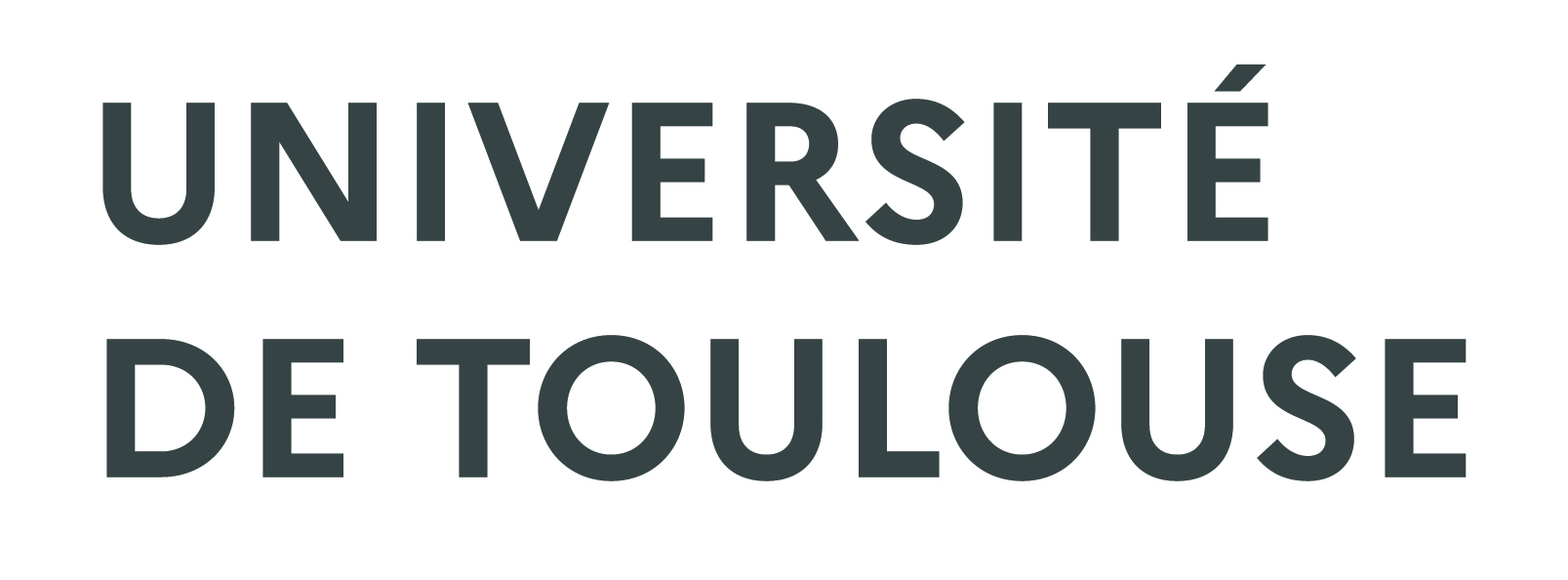A focused multi-state model to estimate the pediatric and adolescent HIV epidemic in Thailand, 2005–2025
Résumé
Background We estimated the magnitude of the HIV epidemic among children and youth living with HIV (CYHIV) aged 0-25 years in Thailand, projecting forward from 2005 to 2025, and identified underreported input parameters that influence epidemic projections, in order to inform future public health and research priorities. Methods We developed a focused multi-state transition model incorporating perinatally-acquired HIV and non-perinatally-acquired HIV, stratified by population, including men who have sex with men (MSM), female sex workers (FSW), people who inject drugs (PWID), and the remainder of the population ("other"). We populated the model with published and programmatic data from the Thai national AIDS program when available. We projected the period from 2005-2025 and compared model results to programmatic data and projections from other models. In a scenario analysis, we projected the potential impact of pre-exposure prophylaxis (PrEP) for MSM from 2018-2025. Results The initial 2005 cohort was comprised of 66,900 CYHIV; 8% CYHIV were <5 years, 21% were 5-14 years, and 71% were 15-25 years of age. By 2020, 94% were projected to be >15 years and infections among MSM constituted 83% of all new HIV infections. The numbers of CYHIV decreased over time, projected to reach 30,760 by 2020 (-54%) and 22,640
| Origine | Fichiers éditeurs autorisés sur une archive ouverte |
|---|---|
| Licence |



